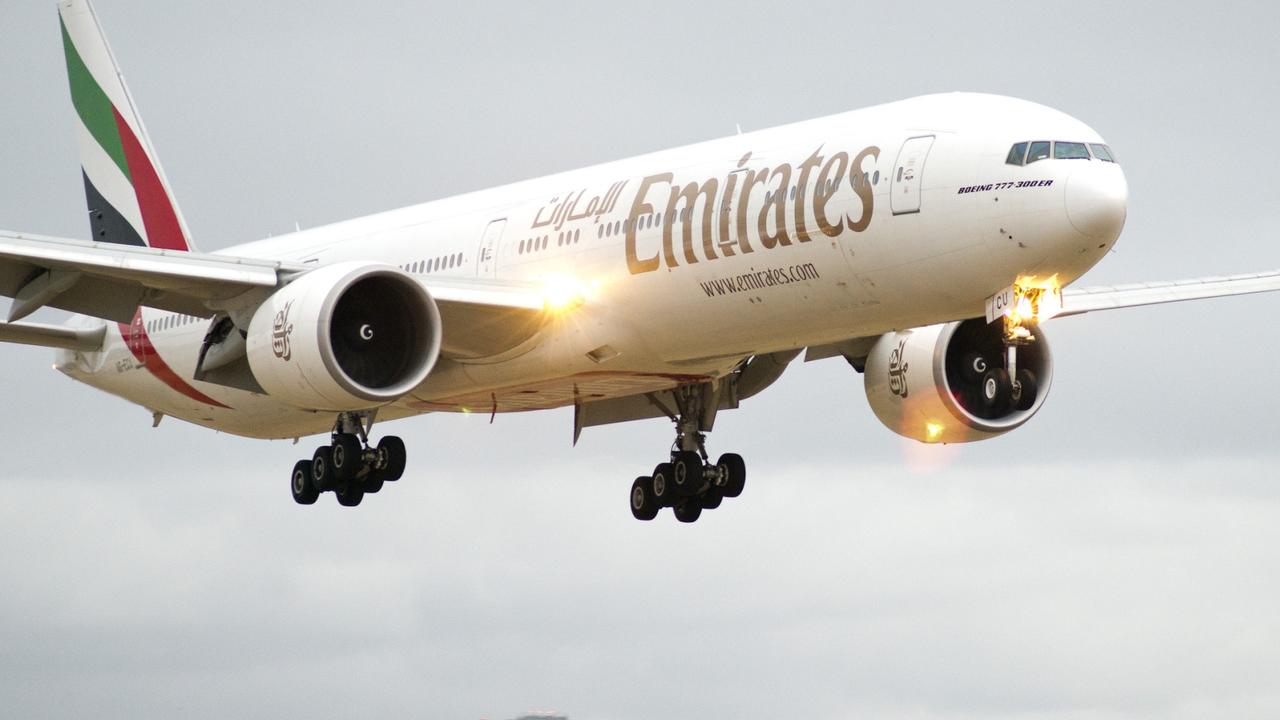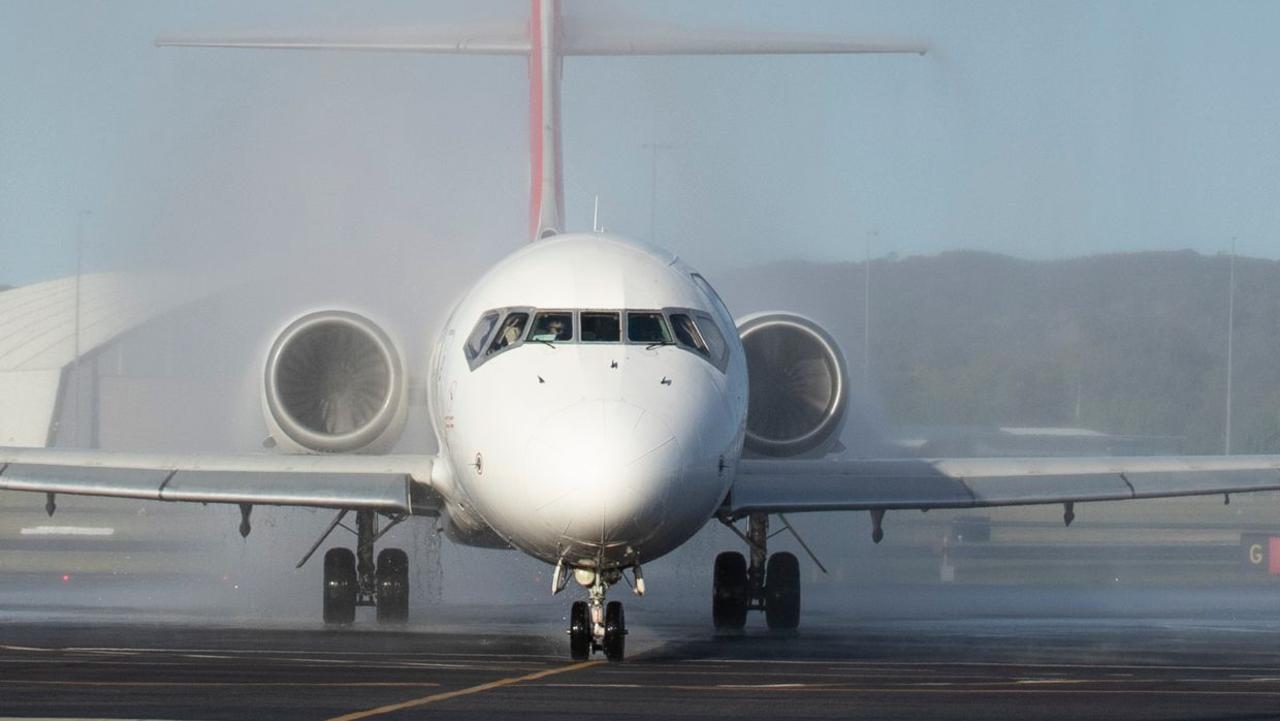Pilots to choose own routes in major move
A major change is coming to airlines including Qantas with the move destined to make a massive difference to the way we fly.
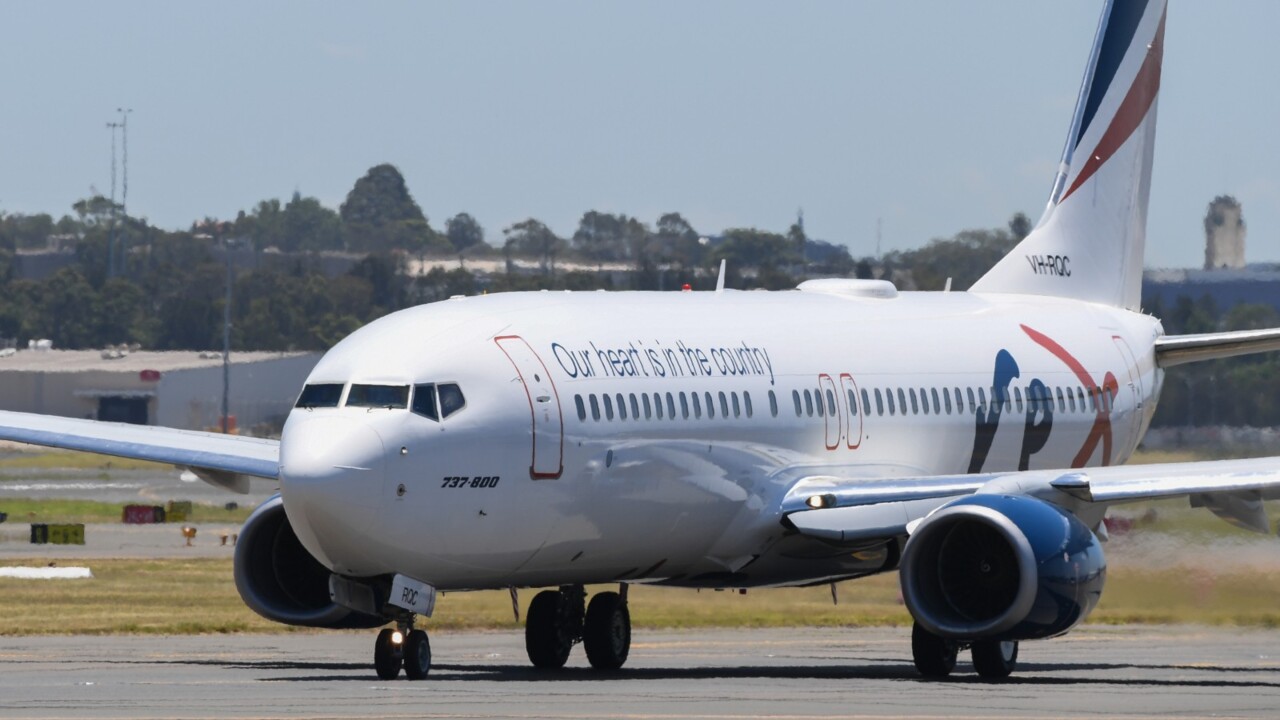
As of this week, pilots will choose their own routes between international destinations in hopes it will save time, fuel, and carbon emissions.
Pilots participating in a new Airservices Australia trial will see them adopt “user-preferred routing (UPR)” between Australia, New Zealand, Indonesia and Singapore.
UPR allows pilots to pick the best route based on weather conditions, such as prevailing winds.
It’s already used in Australian-managed airspace on domestic services such as over the Pacific and Indian oceans – but until now, its use on international routes has been limited.

This is due to the complexity of coordinating routes across international airspace boundaries and with airspace managed by different Air Navigation Service Providers (ANSP).
“In a significant development for cross-border collaboration, the four ANSPs, as well as national flag carriers Qantas, Air New Zealand, Garuda and Singapore Airlines have partnered to trial user-preferred routing (UPR) on 38 different scheduled routes between Australian/New Zealand and Indonesian/Singaporean airspace,” an Airservices Australia statement issued on Tuesday read.
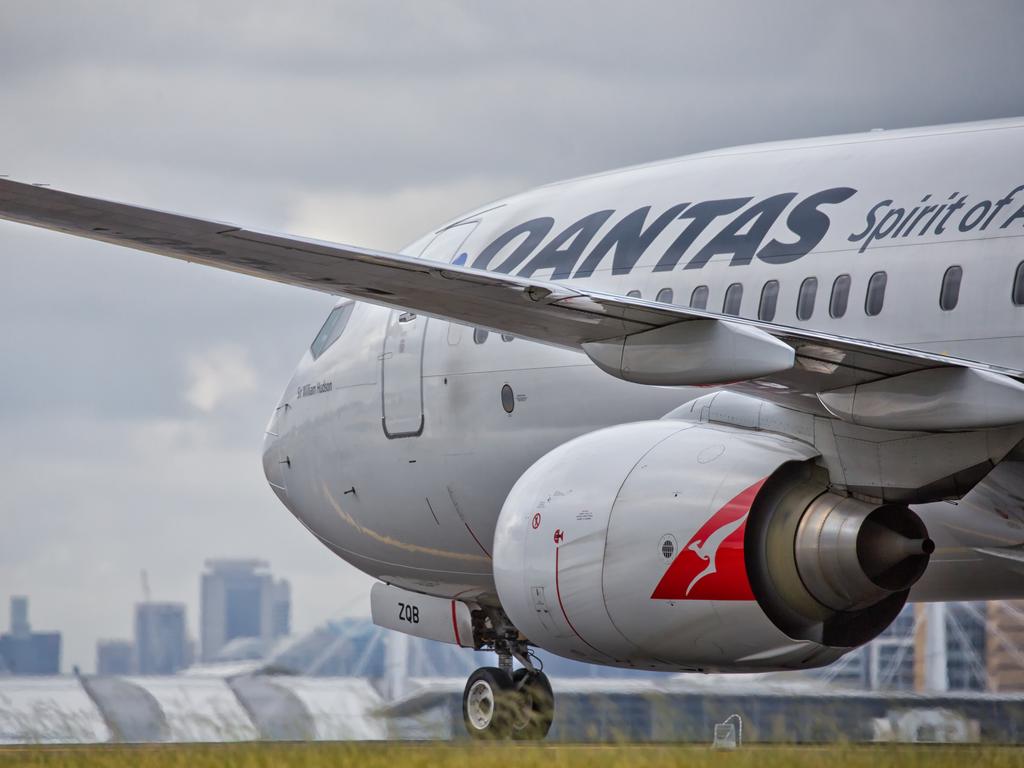
The first flights participating in the trial kick-off this week with an estimated 100kg of fuel to be saved for a flight between Denpasar in Indonesia and Melbourne, or 26 tonnes over the course of a year when flying the route five times per week.
This is equivalent to more than 82 tonnes of carbon emissions annually for that route alone.
Airservices Australia Interim CEO Rob Sharp said working with airlines to enable them to reduce emissions is central to their environment and sustainability strategy.

He also said it’s aligned to the International Civil Aviation Organisation’s Long-Term Aspirational Goal for the global aviation sector to reach net-zero carbon emissions by 2050.
“As an industry we need to develop and implement innovative practices to ensure we have an efficient and sustainable aviation sector,” Mr sharp said.
“By working together we can facilitate more efficient flight paths that reduce fuel usage and emissions, and optimise load efficiency.
“Subject to operator feedback, we will look to operationalise the trial and expand UPR to include more city pairs and airlines.”
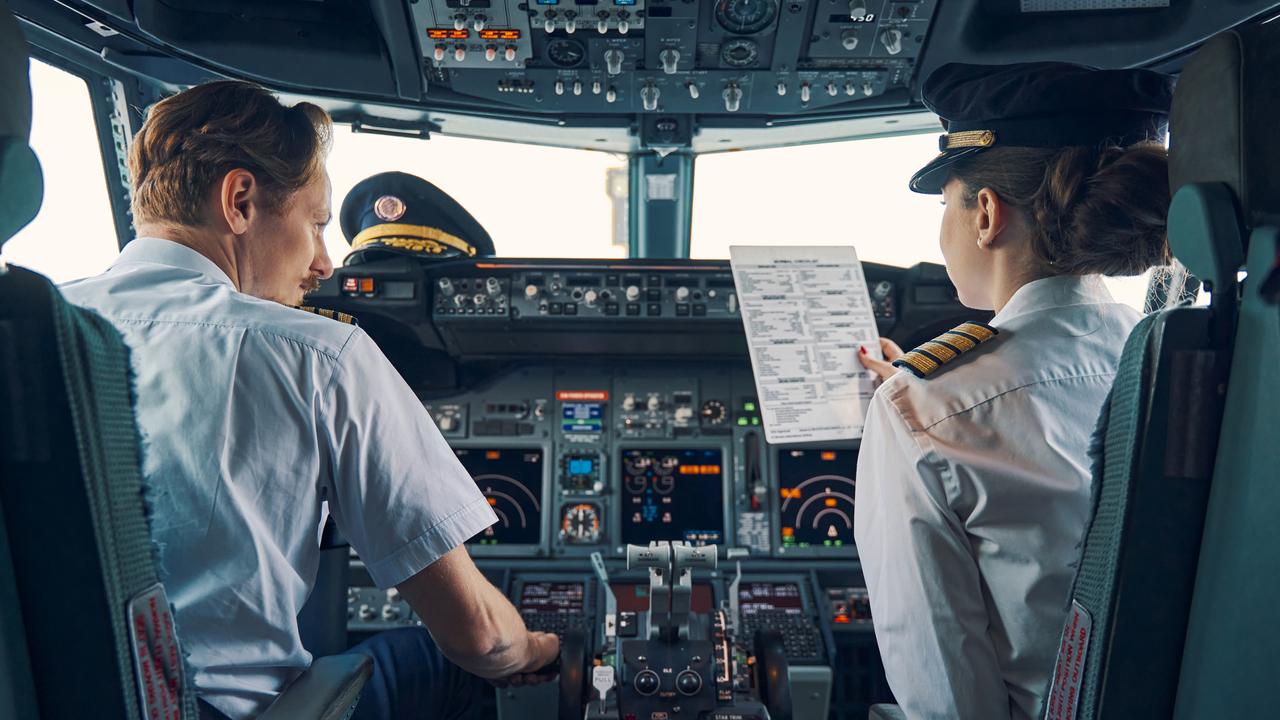
Qantas Group chief risk officer, Andrew Monaghan, said UPR will allow the airline to tailor individual flight routes and simplify flight planning processes “while delivering the same level of safety”.
“Giving airlines the chance to tailor routes in this way will also help reduce fuel use and emissions by delivering shorter flight times,” he said.
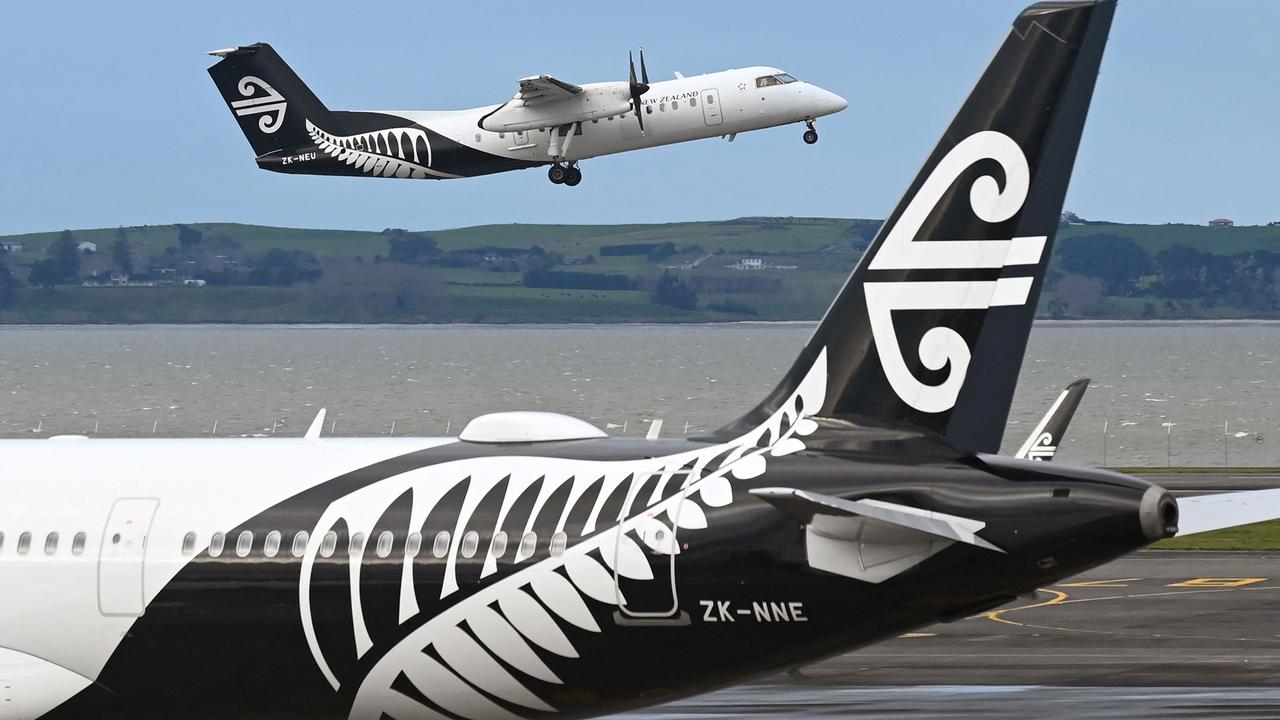
Airways New Zealand Chief Executive James Young said the organisation was proud to already offer its customers UPRs within New Zealand administered airspace, however its benefits had been limited to its airspace boundaries.
“We are excited to now be working with our Asia-Pacific partners through the Free Route Operations program to ensure we can deliver environmentally sustainable solutions across the region,” Mr Young said.
More Coverage
Dr Xie Xingquan, the International Air Transport Association’s Regional Vice President, North Asia and Asia Pacific, branded it an “important initiative”.
“The incremental operational improvements for individual flights will generate significant cumulative benefits considering the number of flights and city pairs involved,” Dr Zingquan said.
“The trial is a good starting point, and we look forward to having it expand beyond the initial four states and airlines.”




